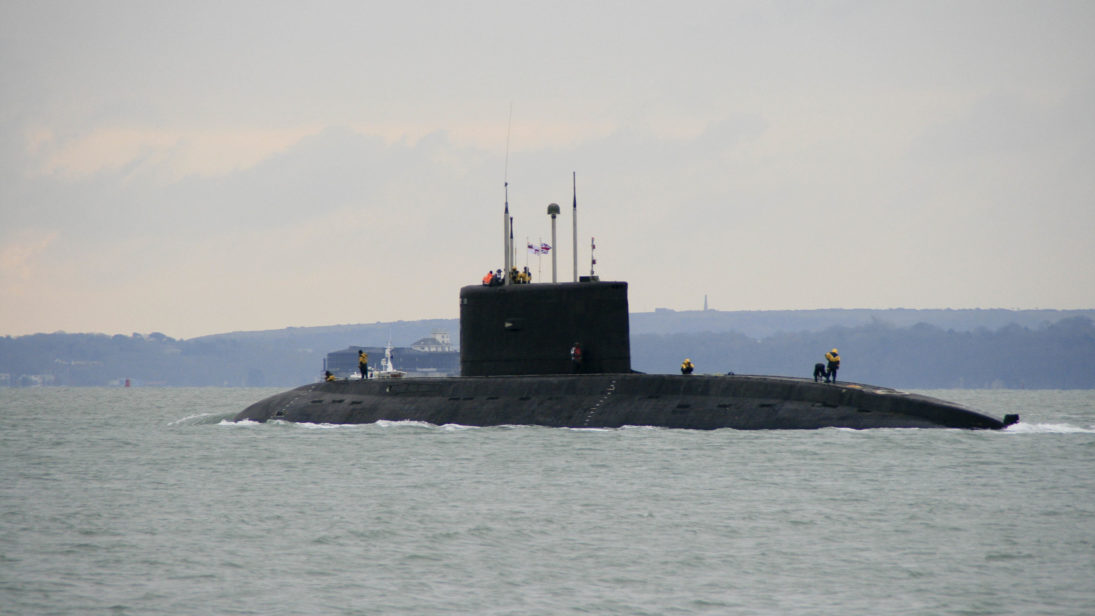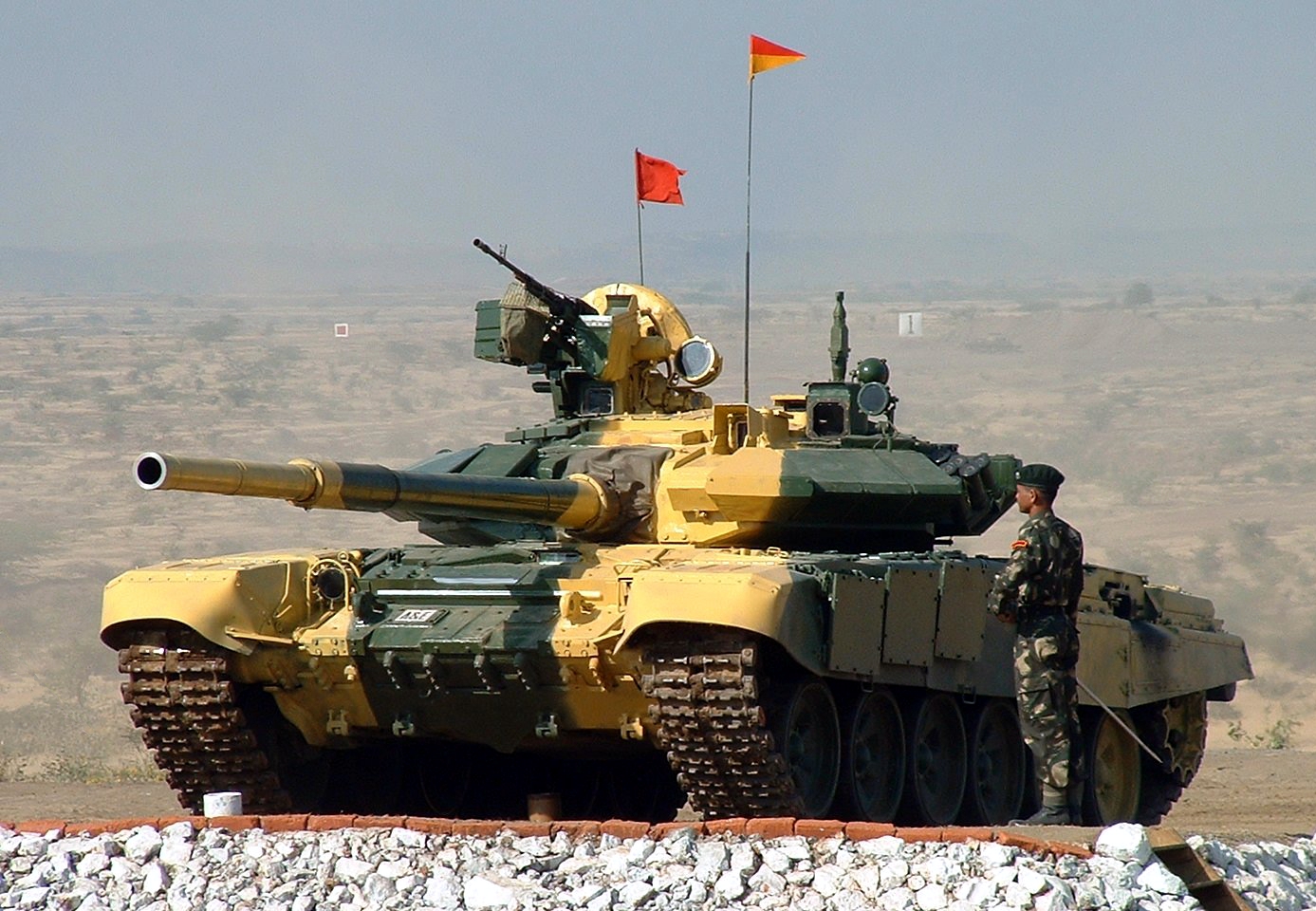
In its first term, the Modi administration decided to turnaround India’s defense manufacturing and exports with its “Strategy for Defence Exports,” which was unveiled in September 2014. New Delhi sees this project as a matter of domestic economic importance, self-reliance, and global prestige. The ambitious “Make in India” project posits defense as one of the key domains, with an aggressive arms export target of USD $5 billion by 2024. India has registered some initial success on this front. Its defense exports grew by 700 percent between 2016 and 2019, placing India on SIPRI’s list of Top 25 Exporters for the first time. Both the Ministry of External Affairs and Ministry of Defence (MoD) are coordinating their efforts in areas of arms diplomacy, financing, and the elimination of policy barriers like never before. To that end, New Delhi’s efforts in three areas are closely examined here—policy, diplomacy, and aid—followed by a series of recommendations for the way ahead.
Historically, New Delhi never prioritized building an aggressive international arms export profile.
Brief History of India’s Arms Exports
Historically, New Delhi never prioritized building an aggressive international arms export profile. Despite legislating the authority to export platforms and equipment with an enabling act in 1959, exports remained moribund and subdued for several decades. Given Nehru’s aversion to armament, India initially did not export anything more than personal protective gears to non-aligned countries. In the 1970s, India ventured into exporting arms but could not make a mark globally. A Defence Exhibition Organization was established in 1981 to showcase and promote Indian products. However, bureaucratic bottlenecks, an inefficient public sector, lack of commitment, heavy reliance on foreign components for indigenous products, and an absence of research infrastructure collectively led to an abysmal export figure. The advent of a new strategy and active pursuit of trade, exports could barely breach a paltry figure of USD $200 million.
Policy Changes
Under the 2014 Strategy for Defence Exports, several policy measures were introduced with the goal of cutting through the bureaucratic red tape. The new strategy envisaged a new board for export promotion, suggested a Defence Exports Steering Committee for interdepartmental coordination, and mandated giving clearances online in a time-bound manner while emphasizing technology acquisition that can be further leveraged for exports. The Department of Defence Production launched a new portal to make the process faceless and expedite the consultation process with stakeholders. Various decision makers were mandated to resolve export applications within four weeks of receipt. To minimize the approval time for repeat orders, re-consultation requirements were eliminated in the revised standard operating procedure.
The Modi administration took further steps to strengthen the indigenous industry. The Foreign Direct Investment norms were liberalized for the defense industry to attract capital, and a negative import list was promulgated to support domestic players. Similarly, the MoD pursued the corporatization of the Ordinance Factory Board to improve the organization’s management, increase autonomy, and equip it to create export-driven profits. In order to address the cash crunch faced by public-sector companies that crippled their output and research, newer financing mechanisms such as a non-lapsable defense fund and market borrowing through tax-free bonds were recently mooted.

Arms and Aid
A crucial element of the export strategy is export financing that would spur Indian exports in both the public and private sectors. Many established actors, such as the United States, have a robust Foreign Military Financing program to help finance arms exports. New Delhi has decided to use its current aid architecture with the EXIM bank as a key player to serve its defense prospects. The projects routed through the EXIM Bank are financed with a grant element ranging from around 25-37.5 percent and a minimum grace period of five years, making it conducive for Indian firms to penetrate into newer markets in Asia, Africa, and Eastern European countries. The Organisation for Economic Cooperation and Development-Development Assistance Committee reserves such concessionality for purely developmental projects.
In some cases, New Delhi has also not shied away from adding a grant element to such lenient financing—in the words of Defense Minister, “the first time that the export barrier has been breached”—if it wants to for a particular product. In the case of first ever warship exported to Mauritius, the CGS Barracuda, equipped with a 30-mm gun and an advanced surveillance system, India added a USD $10 million grant element to a USD $48.5 million EXIM bank credit. After the vessel’s successful induction in the Mauritian National Coast Guard, Sri Lanka quickly placed an inquiry for its own navy. Thus, India sees low-cost production coupled with easy financing as its unique selling point compared to its competitors. According to the EXIM Bank of India, lines of credit worth over USD $2 billion are either signed or offered presently for arms financing, which can advance the cause for many competitive Indian platforms if realized.
Diplomacy
Defense attachés (DAs) at Indian missions globally are tasked with commercial outreach for Indian manufacturers. More recently, DAs are allowed funds ranging from USD $20,000-50,000 per year for promotional activities. The MoD also announced adding ten more DAs to its current strength to enhance defense diplomacy. It further floated an export list that includes all land, naval, air, and communication systems manufactured by private and public sector companies in India to help all actors involved in promotion.
Like many established players, India too has gifted some of its indigenous platforms to friendly countries as a part of arms diplomacy. Such largesse serves three purposes: first, to induct Indian hardware into host forces, thus creating future business potential; second, to increase India’s diplomatic clout; third, to ward off or balance penetration of competitors in some cases. Some examples of these donations include providing an INS Sindhuvir submarine to Myanmar, indigenously manufactured Dornier aircrafts to the Seychelles, and privately produced interceptor boats to the Maldives. As a part of diplomacy, New Delhi also convinced Russia, India’s co-developer for the BrahMos missile, to sell them to potential buyers like the Philippines. Similarly, British Aersopace has expressed interest in India for the development of aircrafts, given that India’s software manpower can significantly reduce the overall development cost.
Significance of Arms Exports
Having a share in the arms bazaar is of immense significance for New Delhi in terms of prestige. The last decade’s tally shows that India has tailed its BRICS, G4, and other competing counterparts, including Russia, China, Germany, Brazil, South Africa, Turkey, Australia, and Canada. India cannot afford to be left out in this domain if it wants to enhance its status and prestige among peers and the wider comity of nations. In addition to bolstering its status, a strong arms export industry has both positive economic consequences on foreign exchange reserves and provides high-tech employment opportunities for Indian youth. Further, reliance on India for arms builds enduring diplomatic linkages with non-aligned/G77 countries, the biggest diplomatic constituency for New Delhi, which it can mobilize in the future to its advantage.
Finally, China is flooding New Delhi’s neighbors with its military hardware, making Indian defense and foreign policy establishments deeply anxious. Containing Beijing’s arms deluge is imperative for both regional security and strategic dominance and requires that India position itself as a credible alternative in terms of technology and its ability to match China’s financing norms. A recent extension of a USD $500 million soft loan for Bangladesh’s arms procurement signals a move in this direction.
India is putting the pieces in place to become a key player in the international arms bazaar. However, a concerted effort by all stakeholders is still required to achieve its self-assumed goals.
Charting a Path Forward
India’s determination can soon thrust it into the elite club of arms exporter, but there remain obstacles it needs to overcome in order to do so. First, New Delhi needs to learn tackling competition from friends and foes alike by upping its diplomacy and lobbying game. Without mastering the art of lobbying, lax financing and domestic policy change would turn insufficient. For example, despite extending a USD $500 million line of credit to Vietnam since 2016, it cannot bring Hanoi on board due to Beijing’s unfavorable opinion towards stronger India-Vietnam defense ties. Likewise, despite many rounds of negotiations with the Nigerian navy, Indian Goa Shipyard Limited lost the contract to build landing ships to Dutch company Damen.
Second, India needs to ensure its platforms are both competitive in terms of safety, reliability, availability of components, and that they have significant presence in India’s own inventory. Its indigenously developed main battle tank Arjun accounts for less than 400 units in the Indian army compared to over 4,000 units of Russian T-90s and T-72s deployed in the frontline.1 Such a dismal show at home neither encourages nor exudes confidence for global buyers; however, this can be remedied with higher induction of locally produced or coproduced arms.
Third, the bulk of India’s export profile includes assemblies/sub-assemblies and components. As Defence Minister Rajnath Singh recently mentioned, India needs to export its successful platforms. The Cabinet’s recent decision to permit export of its first high-value platform, the Akash missile, is a step in this direction. Fourth, there remains much to be done for private players who feel a bias in local acquisitions and inadequate support for global expansion. Finally, joint ventures, joint manufacturing, and technology transfers could prove a shot in the arm for the nascent industry whose full potential can be realized by both public and private players.
India is putting the pieces in place to become a key player in the international arms bazaar. However, a concerted effort by all stakeholders is still required to achieve its self-assumed goals.
***
Image 1: Wikimedia Commons
Image 2: Wikimedia Commons


